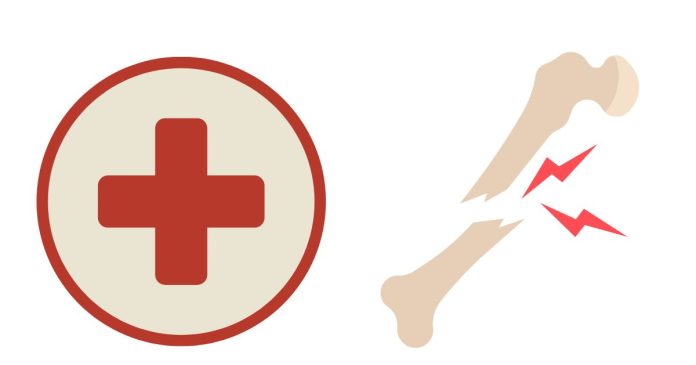What Does “FX” Mean in Medical Terms?
When reading through medical records or speaking with healthcare professionals, you may have come across the abbreviation “FX”. While medical abbreviations can sometimes be confusing, “FX” is actually quite simple and commonly used in the healthcare world. So, what does “FX” mean in medical terms?
“FX” = Fracture
In medical terminology, “FX” is an abbreviation for “fracture”. It refers to a break or crack in a bone. Fractures can happen in various ways, ranging from accidents and falls to medical conditions that weaken the bones. Doctors and healthcare professionals use “FX” as a quick shorthand to refer to fractures, whether in medical notes, reports, or casual conversation.
Types of Fractures Often Mentioned with “FX”
Fractures come in many types and severities, and “FX” can be used in different contexts to describe them. Here are a few examples:
- Closed FX:
- This refers to a fracture where the bone breaks but does not pierce the skin. It’s sometimes called a simple fracture.
- Example: “The patient has a closed FX of the tibia.”
- Open FX (also called a Compound FX):
- This is a fracture where the bone breaks and pierces through the skin, making it more serious and prone to infection.
- Example: “The patient is being treated for an open FX of the femur.”
- Comminuted FX:
- A fracture where the bone is broken into several pieces, often caused by high-impact trauma.
- Example: “He sustained a comminuted FX of the arm after the accident.”
- Stress FX:
- A small crack or hairline fracture in the bone, often caused by repetitive force or overuse, common in athletes.
- Example: “The athlete was diagnosed with a stress FX in his shin.”
- Greenstick FX:
- This type of fracture happens mostly in children, where the bone bends and cracks but does not break completely, much like bending a green twig.
- Example: “The child had a greenstick FX in the forearm.”
- Spiral FX:
- A fracture that occurs due to a twisting or rotational force, often seen in sports injuries or accidents.
- Example: “The X-ray shows a spiral FX in the lower leg.”
Why Use “FX” Instead of “Fracture”?
The use of “FX” helps medical professionals save time when documenting or discussing patient conditions. Medical abbreviations are widely used to increase efficiency in fast-paced environments like hospitals or clinics, and “FX” is a quick, clear shorthand that is universally recognized by doctors, nurses, and other healthcare workers.
How “FX” Might Appear in Medical Charts or Reports:
- “The patient presents with a distal radius FX.” (A fracture at the end of the radius bone in the forearm)
- “Open FX of the tibia with associated soft tissue damage.” (A fracture of the tibia where the bone has broken through the skin)
- “Post-surgical care for FX repair.” (Treatment and recovery following surgery to fix a fracture)
Conclusion
In summary, when you see “FX” in a medical context, it simply stands for fracture. Whether the doctor is describing a closed FX, an open FX, or any other type of fracture, “FX” is used as a shorthand to describe a broken bone. If you or a loved one ever face a bone injury, now you’ll know that “FX” is just a quick reference to the fracture you’re dealing with!
Have you encountered any other medical abbreviations you’re curious about? Feel free to share them in the comments, and we’ll help decode them!
Related posts:
- What does ringing in the ears mean spiritually?
- What Colors Do Blue and Green Make?
- How Long Does Raw Chicken Really Last in the Fridge?
- What are some amazing and memorable Valentine’s Day ideas that will leave a lasting impression?
- What is the definition of ‘friends with benefits?
- What is the difference between a bachelor’s and a degree?


